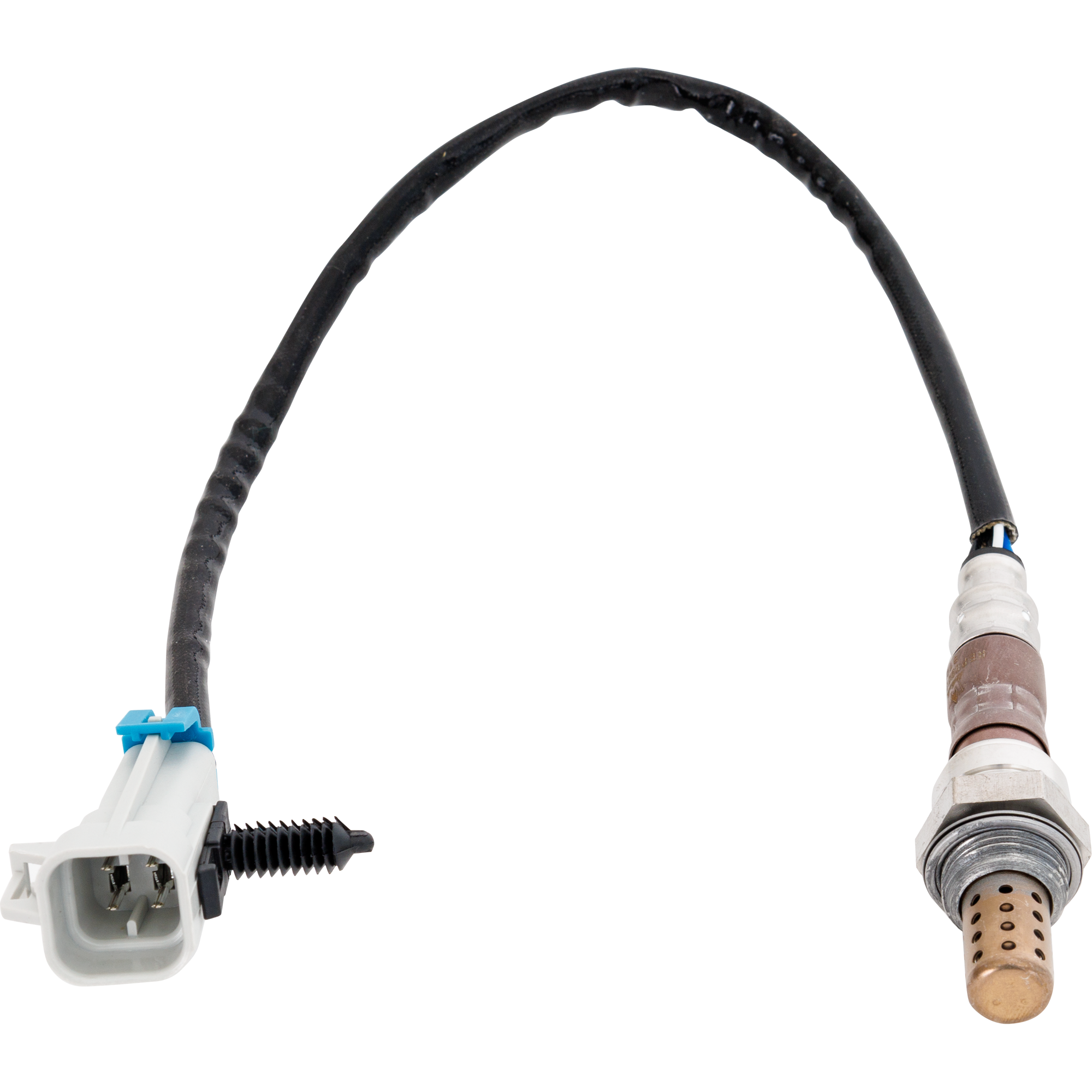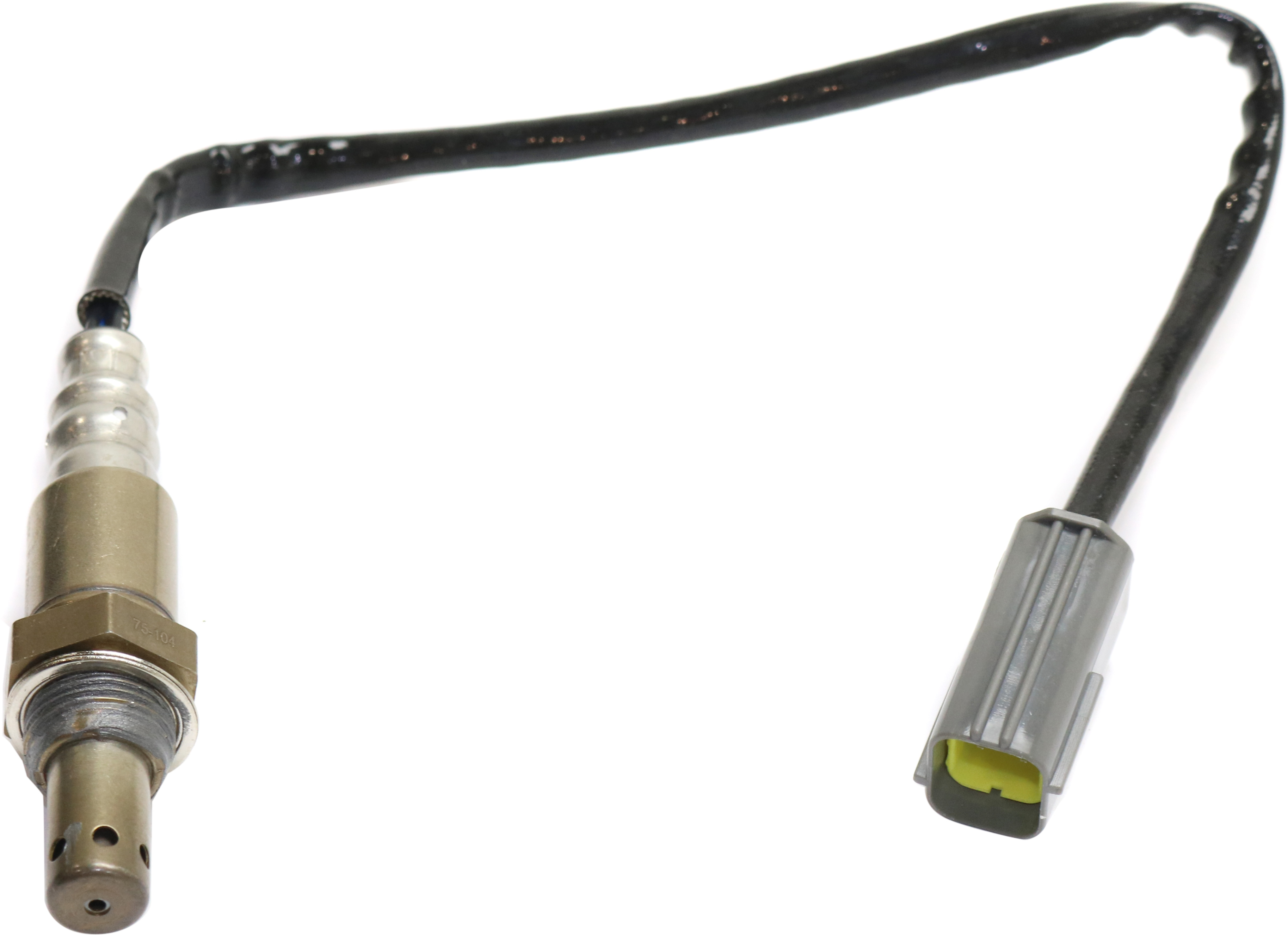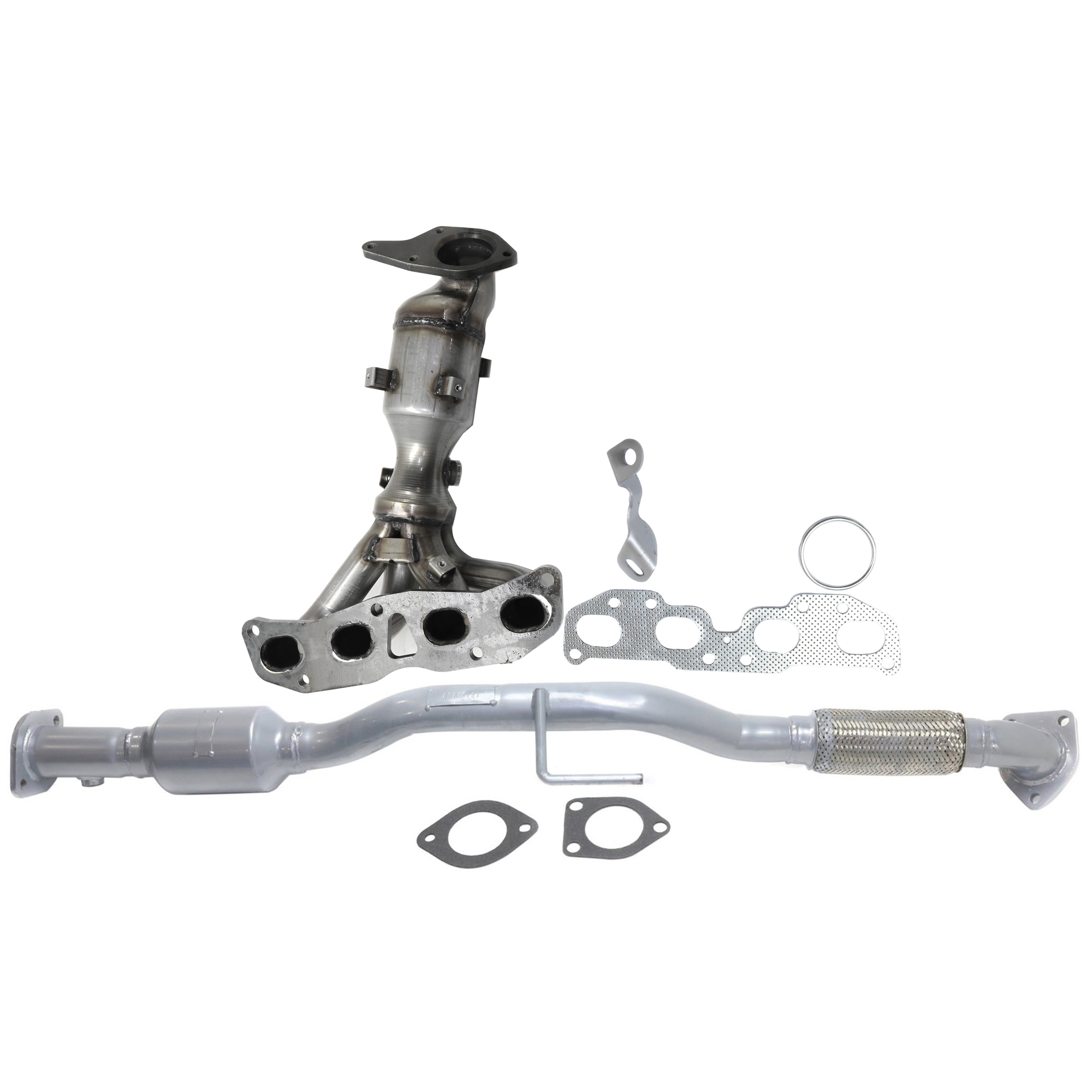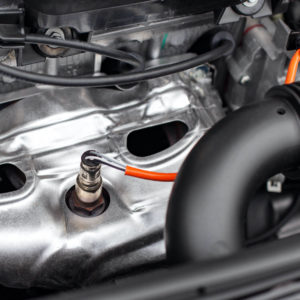What is a P0155 code? Read on to learn about its possible causes, common symptoms, and everything else it entails.
What Does the P0155 Code Mean?
Diagnostic trouble code (DTC) P0155 stands for ”O2 Sensor Heater Circuit Malfunction (Bank 2, Sensor 1).” It is triggered when the vehicle’s computer or the engine control module (ECM) detects an unexpected voltage condition or excessive current draw on the heater circuit of your vehicle’s Bank 2 HO2.
To ensure that the oxygen sensors operate at the right time, the PCM tests the heater circuits regularly. If it detects an issue in the heater circuit for the engine bank 2’s oxygen sensor, it activates the Check Engine Light and sets the P0155 code.

Code P0155 is part of a family of codes, listed as follows:
- P0141 – Sensor Heater Circuit Bank 1 Sensor 2
- P0161 – Sensor Heater Circuit Bank 2 Sensor 2
- P0135 – O2 Sensor Heater Circuit Bank 1 Sensor 1
- P0155 – O2 Heater Circuit Bank 2, Sensor 1
For more information on the heating process of oxygen sensors, you can read our technical explanation here. Need help locating Bank 2, Sensor 1? Read our guide here.

What are the Possible Causes of the P0155 Code?
The engine code P0155 has several possible causes, which can differ depending on the vehicle’s make and model. Below are just some of the reasons why this error code may appear:
- HO2S heater power (12v) circuit is open
- HO2S heater ground circuit is open
- HO2S heater control circuit is open, shorted to voltage, or shorted to the ground
- Damaged HO2S connector
- Defective HO2S heater (most common cause)
- Low battery voltage condition
- Disconnected hose to the exhaust gas recirculation (EGR) system module
- Faulty PCM

What are the Common Symptoms of the P0155 Code?
With a code P0155, there’s a possibility that you won’t perceive any noticeable differences in operation. The only symptoms you are likely to experience when a P0155 code pops up are the following:
- Check engine light is on
- Decreased fuel economy
It’s also possible for you to fail an emissions test if this code is set.
How to Diagnose the P0155 Code
It’s best to just replace the O2 sensor in question, but make sure you’re replacing the right one. You can also disconnect the sensor and measure the resistance of the heater (the heater wires are the ones that are the same color on the sensor). The normal reading for a good heater is about 6 ohms, plus or minus an ohm.
You can also take an old O2 sensor connector with the sensor removed and wire a tail light bulb to the two wires that are the same color, then plug this into the harness and start the engine. The light should come on. If it doesn’t, check the fuses and see what you find. The ground comes from the ECM/PCM and the power is typically fed to the heater through a relay, which will be a fused circuit.
If you want to determine what triggered the code, watch the video reference below. It will help you understand what the troubleshooting process entails.
How to Fix the P0155 Code
Despite many trouble codes sharing causes and symptoms, there is no single solution for OBD-II DTCs. The repair process varies depending on what triggered the code and the vehicle’s make and model.
For instance, confirmed fixes for the P0155 code in a Ford, specifically a 2005 Ford F-150 XL 5.4, include repairing the variable valve timing (VVT) solenoid wiring or the O2 sensor wiring. The same solution may not apply to a Chevy Trailblazer or a Jeep Grand Cherokee that triggered the code.
If you are uncertain of your automotive aptitude, leaving the job to an expert may be your best option. Otherwise, diagnose the P0155 code. Once you’ve established what triggered the code, determine the right fix with the help of online auto repair resources and guides.
Want to be prepared for any future issues that your vehicle may encounter? Secure an ALLDATA single-vehicle subscription to get comprehensive and up-to-date factory repair information.
Finally, be sure to consult your owner’s manual before attempting to resolve the issue. It’ll help you avoid accidentally worsening the problem with a solution that’s inappropriate for your vehicle’s make and model.
A Quick Note About Oxygen Sensors and Bank Location
Oxygen sensors monitor the oxygen levels in the air that’s going in and out of the catalytic converter. They relay that data to the car’s computer or powertrain control module (PCM), which utilizes the information from the downstream O2 sensor to gauge converter efficiency. Meanwhile, the PCM uses the information from the upstream O2 sensor to adjust the engine’s air-fuel ratio.
The sensors only function properly once they’ve reached the ideal operating temperature. To raise their temperature quickly, they rely on PCM-controlled heating circuits.
Sensor 1 is the heated O2 sensor unit located upstream of the catalytic converters. It determines if the component is breaking down the pollutants generated by the engine by monitoring the oxygen levels in the converter’s exhaust.
Typically located opposite of Bank 1, Bank 2 refers to the side of the engine that holds the number two cylinder.
Where to Get a New Oxygen Sensor for Your Vehicle
Ignoring your vehicle’s damaged O2 sensor will leave you spending more money at the pump, so make sure to address the issue right away. For a high-quality O2 sensor replacement that won’t break the bank, shop right here at CarParts.com.
We have a great selection of precision-engineered O2 sensor replacements that passed the highest quality control standards in the industry. These sensors were handpicked by automotive professionals, leaving no room for you to second guess their quality.
Find the right part for your ride with only a few clicks. Simply enter your vehicle’s year, make, and model into our vehicle selector to narrow down the catalog to compatible oxygen sensors for your daily driver. Shop from the comfort of your home, and check out securely in a matter of minutes.
CarParts.com ships from strategically located warehouses across the US, so you can get the part you need delivered to your doorstep in as fast as two business days. Check out our selection of oxygen sensors today!
Products Mentioned in this Guide
Shop this Project



Any information provided on this Website is for informational purposes only and is not intended to replace consultation with a professional mechanic. The accuracy and timeliness of the information may change from the time of publication.

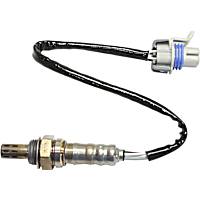 Oxygen Sensor
Oxygen Sensor
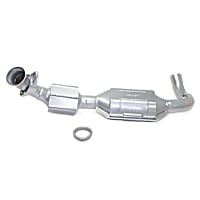 Catalytic Converter
Catalytic Converter
